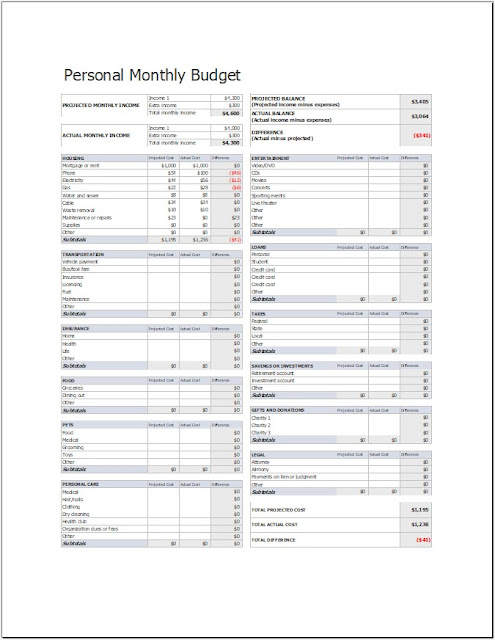Top-Notch Loan Agreement Templates
How to Refinance Commercial Loan Agreements
There are several ways to refinance
commercial loan agreements. These include Cash-out refinances, Discounted cash
flow methods, and forbearance agreements. Let's examine each one of them in
detail. The best solution to your commercial loan issue depends on your unique
circumstances. Here are some tips to ensure you get the best deal possible.
Also, you need to know about the terms of these agreements so you can negotiate
with the Lender.
Cash-out refinances
A cash-out refinance is a process wherein a
property owner takes out a new loan for a larger amount than the original loan
balance. This money can be used for various purposes, such as paying off
investors, increasing rents, reducing vacancy, and more. Unlike a traditional
refinance, however, there are no restrictions on the use of the cash-out
refinance proceeds. In addition, the property must be used for commercial
purposes and be 100% owned.
Once approved, a cash-out refinance requires
an appraisal and inspection of the property. You should generate financial
reports for the property and present them to the appraiser. Using these
financial reports, you can understand the true value of your rental property.
The appraiser will factor in the income you have generated from the property
and any recent upgrades to the building. After getting the loan approved, you
will need to complete the closing process.
A cash-out refinance is often an excellent
solution for people who need cash for debt consolidation or other needs. While
the process may seem complicated and risky, many borrowers are satisfied with
the results. In addition to reducing their monthly debt payments, cash-out
refinances are tax-effective as long as you know how to avoid negative equity.
In addition, under the Truth in Lending Act, you have three days to cancel a
refinance.
Discounted cash flow
method
Forbearance agreements
There are some key things to consider when
negotiating forbearance agreements when refinancing a commercial loan
agreement. These provisions may require the Lender to delay collection action
or provide a deferment of a certain period of time. If the lender refuses to
extend the forbearance period, the Borrower should insist on a right to cure
clause. Lenders tend to object to this provision, and the Borrower's counsel
should advise their client of possible tax consequences. Also, lenders want to
release liability for their loan agreements, and they usually require a jury
waiver.
In order to be valid, a forbearance agreement
must specify the amount, timing, and conditions of each payment. If the lender
does not grant a forbearance period, the lender may impose additional
conditions and ask for enhanced collateral. It may also be possible that the
Borrower can not make the payments necessary to meet the terms of the
agreement. In this case, the lender may sue the Borrower for breach of the forbearance
agreement and exercise its rights under the original loan agreement.
In order to make forbearance agreements work,
the Borrower must first weigh the benefits of a forbearance period against the
loss of rights. Forbearance agreements can only be effective if the Borrower is
willing to discuss the situation with his lender. The borrower must also have
confidence in the lender, and the lender must be comfortable with the Borrower
before entering into a forbearance agreement. Click here to download template below.




Comments
Post a Comment